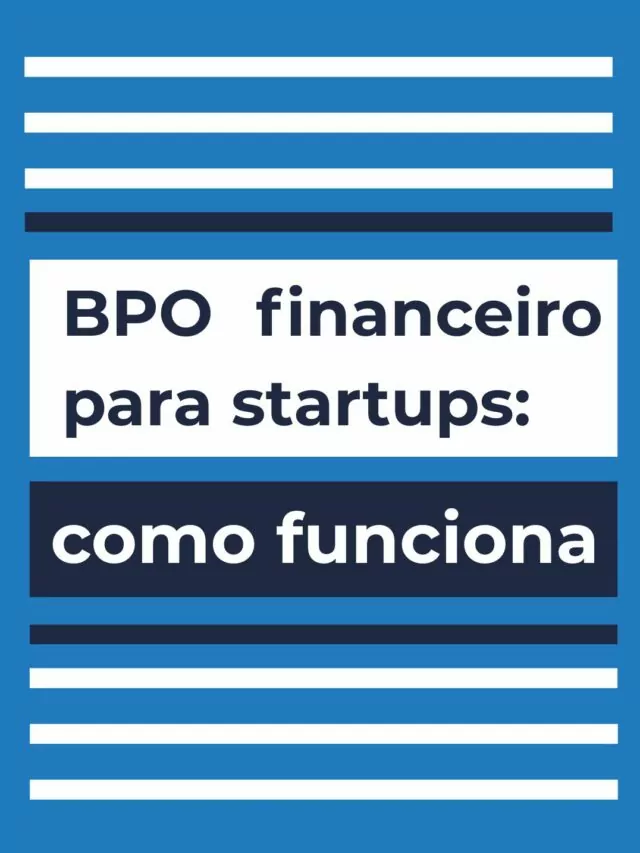The concept of strategic management concerns the management of all of an organization's resources in order to achieve objectives and goals. As its name suggests, it represents a corporate management approach that directs the entire organizational structure with a focus on long-term plans that transform the company's culture.
In this article, we'll delve into the concept of strategic management, exploring its principles and showing how it can be implemented in your business. Read on to find out more!
What is strategic management anyway?
In the corporate world strategic management is an approach aimed at optimizing all of a company's processes, aligning them with the organization's objectives in order to increase efficiency and consistency between procedures. It is therefore a broad initiative, covering as many sectors as possible.
By implementing this management model, sectors can direct their efforts towards executing strategic planning and increase the chances that the targets set will actually be met.
One positive point is that the methodology is applicable to companies of all sizes, from large corporations to small and medium-sized enterprises. Regardless of the size and branch of the business, the aim is to boost growth and competitiveness.
Good examples of strategic management practices for small and medium-sized businesses, for example, take into account relevant information about the competition and other aspects, such as the management of financial resources and human resources, threats to business growth and market opportunities.
In addition, these practices involve setting clear goals, evaluating different strategies and continuously monitoring the results obtained. For larger enterprises, such as large multinationals, a robust and adaptable approach is required to deal with the complexity and scale of their operations.
What are the principles of strategic management?
Strategic management rests on three fundamental pillars which, when integrated, drive organizational success:
- talent - This pillar focuses on the company's human capital, covering the attraction, development and retention of professionals with the skills and competencies needed to achieve strategic objectives. It involves creating a working environment that values talent, promotes professional growth and encourages collaboration.
- organizational design - the concept relates to the structure and functioning of the organization, including the definition of roles, responsibilities, processes and workflows. Effective organizational design ensures that activities are carried out efficiently and in line with strategic objectives, optimizing communication and collaboration between teams;
- the role of leadership - Finally, this principle encompasses the ability to influence and motivate people to achieve the organization's objectives. It involves defining a clear vision, communicating effectively, motivating teams and developing leaders at all levels of the organization. Strong and inspiring leadership is essential to drive change, promote innovation and ensure long-term success.
Fundamentally, strategic management seeks to answer fundamental questions such as:
- where are we now? An analysis of the current situation;
- where do we want to go? Definition of objectives and vision;
- how will we get there? Strategy formulation and implementation;
- how will we know we've arrived? Evaluation and control of results.
How can you implement strategic management in your company?
Good strategic management starts with analyzing scenarios and setting goals, and goes as far as evaluating results and proposing improvements. Check out the implementation steps in detail!
Set goals
Set initial goals. One way to do this is to investigate the signs that indicate the need for more strategic management. Do you need to generate more revenue? Retain and/or attract talent and skilled labor? Find more customers?
These are some of the questions that can guide your strategic planning process. Get your team together to conduct this initial stage, which will be fundamental for setting goals and analyzing risks and scenarios.
Do some research and make an initial diagnosis
Diagnosis is the initial stage of strategic management, where the organization's current situation is analyzed. Existing strategies need to be reviewed and the internal and external factors influencing the company mapped out.
The aim is to identify strengths and weaknesses, opportunities and threats, and to check that the company has the necessary competencies for its activities.
Formulate specific strategies
The formulation of each strategy takes into account the objectives and the diagnosis of what needs to be improved. In this third phase, an action plan is created to differentiate the company from its competitors and adapt it to market dynamics.
This includes defining strategic objectives, specific actions to achieve them and ways of attracting and retaining customers.
In order to carry out this step, you will need to allocate the necessary resources (which can be budgetary or operational, for example) to the team.
The availability of adequate resources is a priority for the successful execution of the strategy. Find out how to allocate them:
- visualize the desired end result - in this way, it is possible to align objectives, deliverables, milestones and monitor the project schedule from the outset;
- identify resources - map out the team's objectives and capacity, budget, tools, skills and other specific resources.
- define the scope - dclearly define what the project needs and the deadlines for each goal;
- share the planning - make announcements and use communication tools to convey the plan to all those involved in the implementation.
Implement strategies effectively
Implementation and follow-up are key stages in ensuring the success of the strategy. After all, what was initially established won't always work.
Managers and employees they will be able to use tools to monitor progress, analyze metrics and assess the relationship between actions and results. It's worth noting that strategic management is an ongoing process, which may require adjustments and adaptations to ensure success.
What are the main strategic management tools?
Sometimes, having a well-defined framework can be the best way to start the process of strategic management in practice. Check out the main methods!
SWOT analysis
SWOT analysis, also known in Portuguese as SWOT (Strengths, Weaknesses, Opportunities and Threats), is a relevant tool for obtaining a comprehensive view of your business.
It makes it possible to evaluate crucial aspects such as the customer base, staff, profitability, market positioning and products, identifying the internal and external factors that can impact the company's performance.
It can be done using text software, but you can even complete it on a sheet of paper. Just get your team together and list elements that correspond to the four letters: strengths, weaknesses, opportunities and threats.
Consider an example of the application of the formula:
- examine the strengths and weaknesses of your teams, as well as opportunities for growth and threats to this expansion:
- evaluate your sales channels based on the four elements;
- take into account customer evaluations and complaints, listing characteristics that fit the four elements;
- research business opportunities. The "opportunities" section, for example, can help you discover market gaps and loopholes to exploit.
Conclusion
Implementing strategic management is an essential step for companies that want to grow in a structured and sustainable way. By setting clear goals, making precise diagnoses, formulating specific strategies and continuously monitoring results, it is possible to transform the organizational culture and boost competitiveness in the market. The use of tools such as SWOT Analysis and the PDCA Cycle, as well as the definition of strategic indicators, contributes to more efficient and results-focused management. Regardless of the size or segment of the company, adopting strategic practices is the way to strengthen decision-making, increase operational efficiency and guarantee long-term success.
A CLM Controller is ready to support your company in this process. With over 40 years' experience in the market, we offer complete solutions in fiscal, tax, accounting and financial management, designed to meet the specific needs of your business. Our team of experts works side by side with our clients, ensuring the implementation of strategic practices that consistently optimize resources, reduce risks and boost results. Count on CLM Controller to transform your company's management and reach new heights of growth and efficiency.









